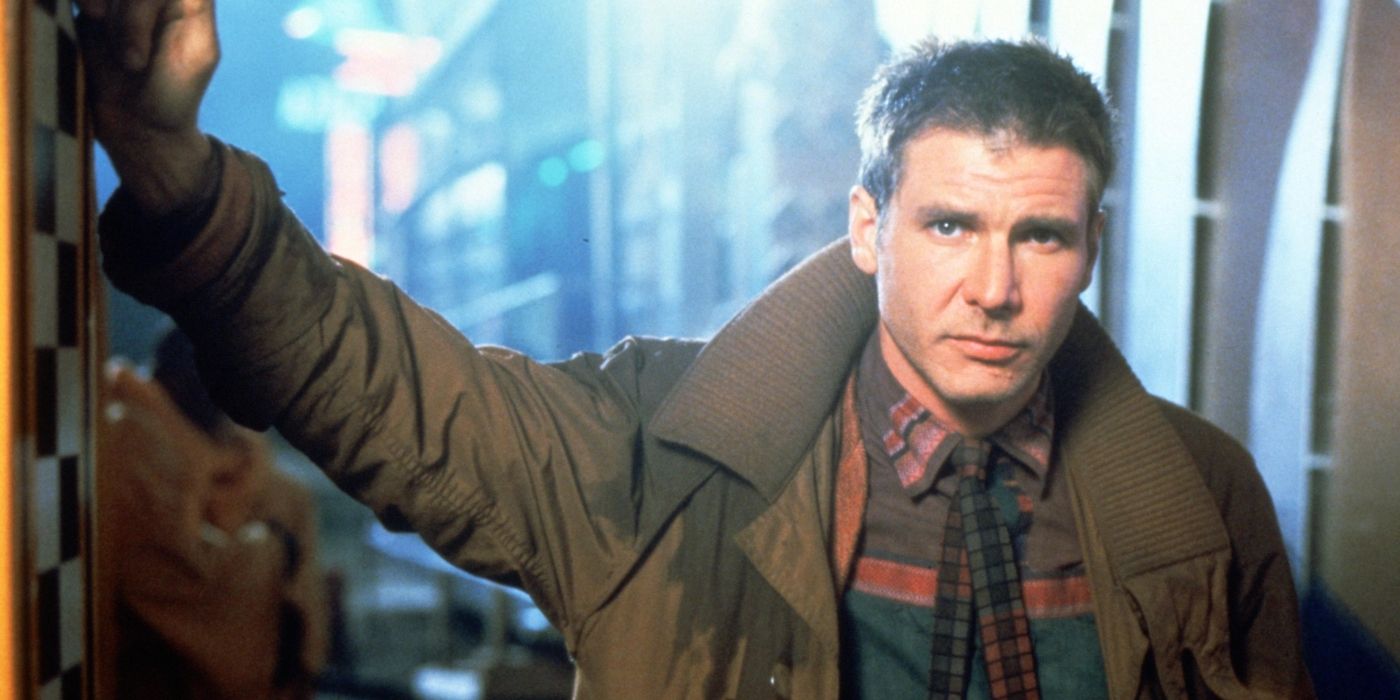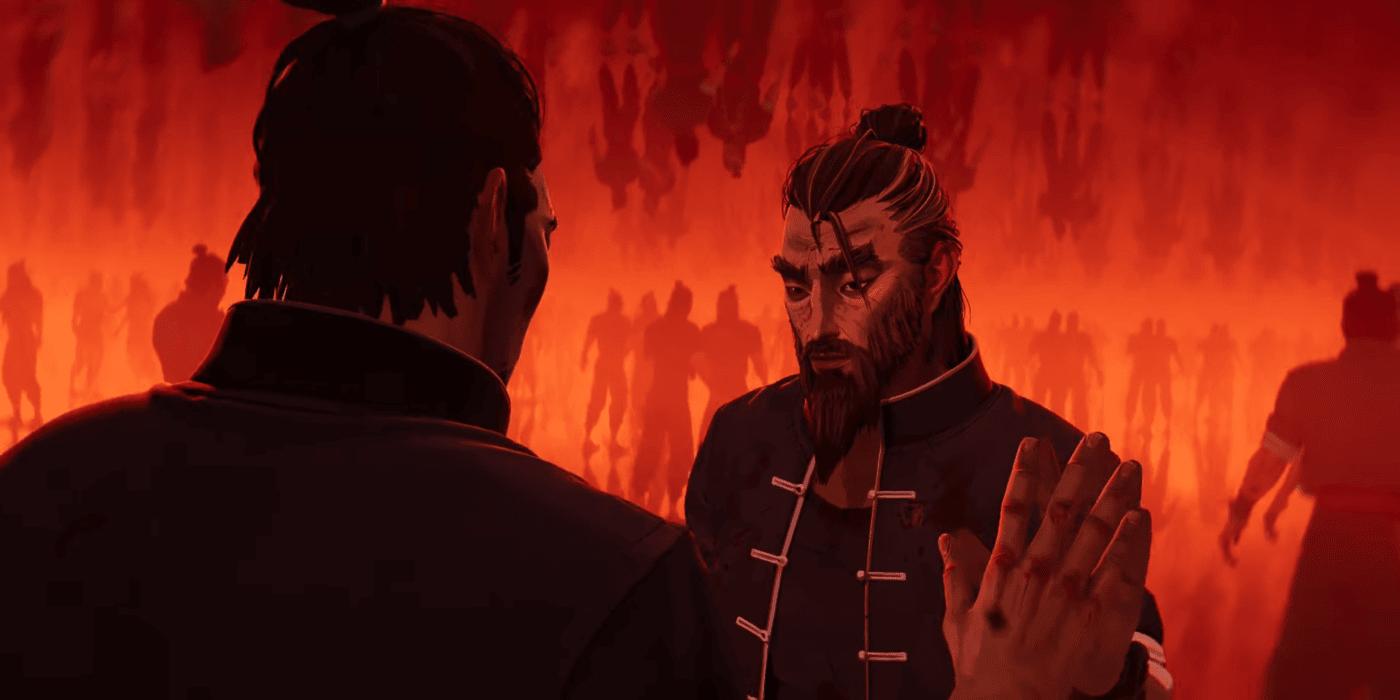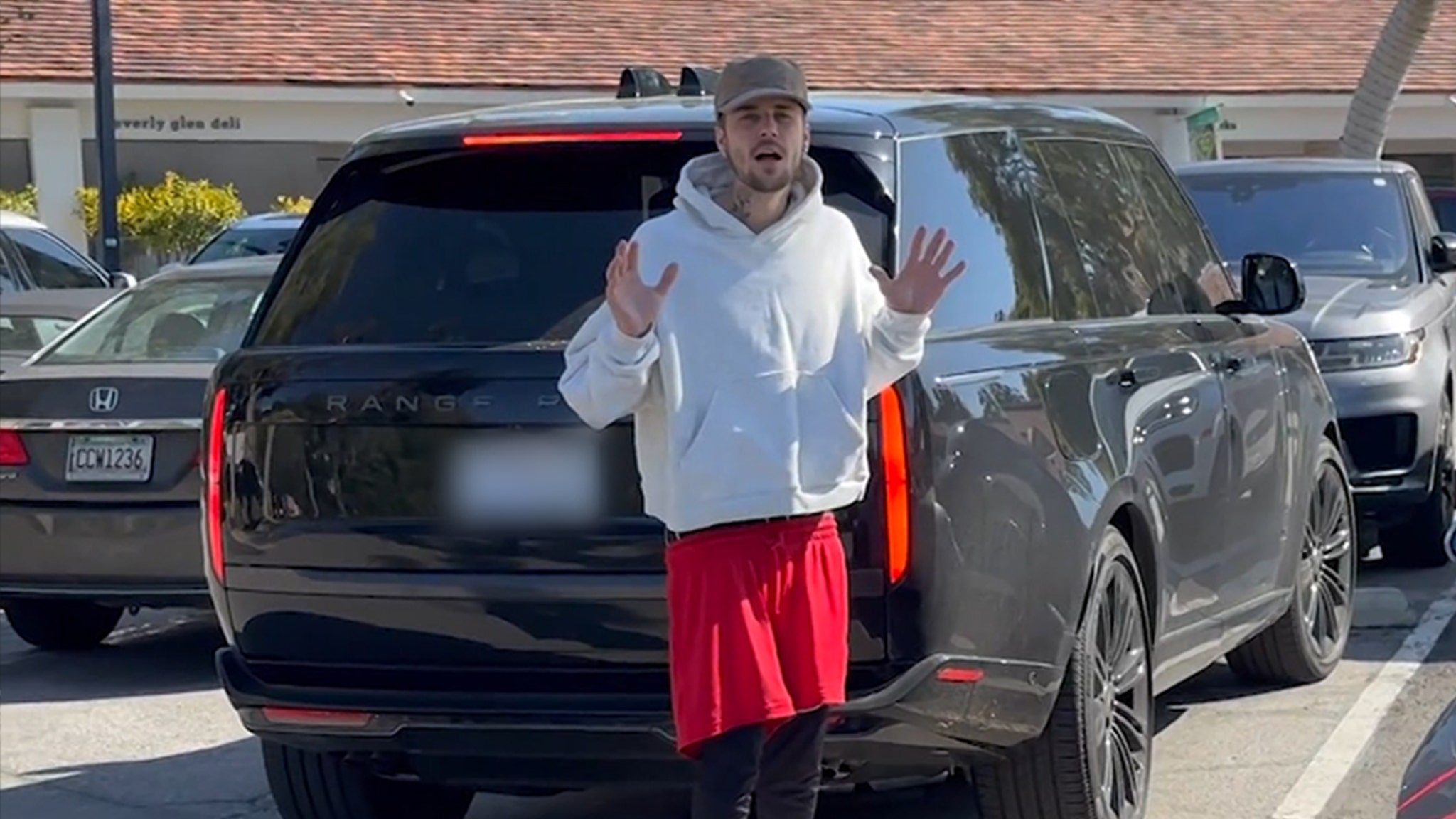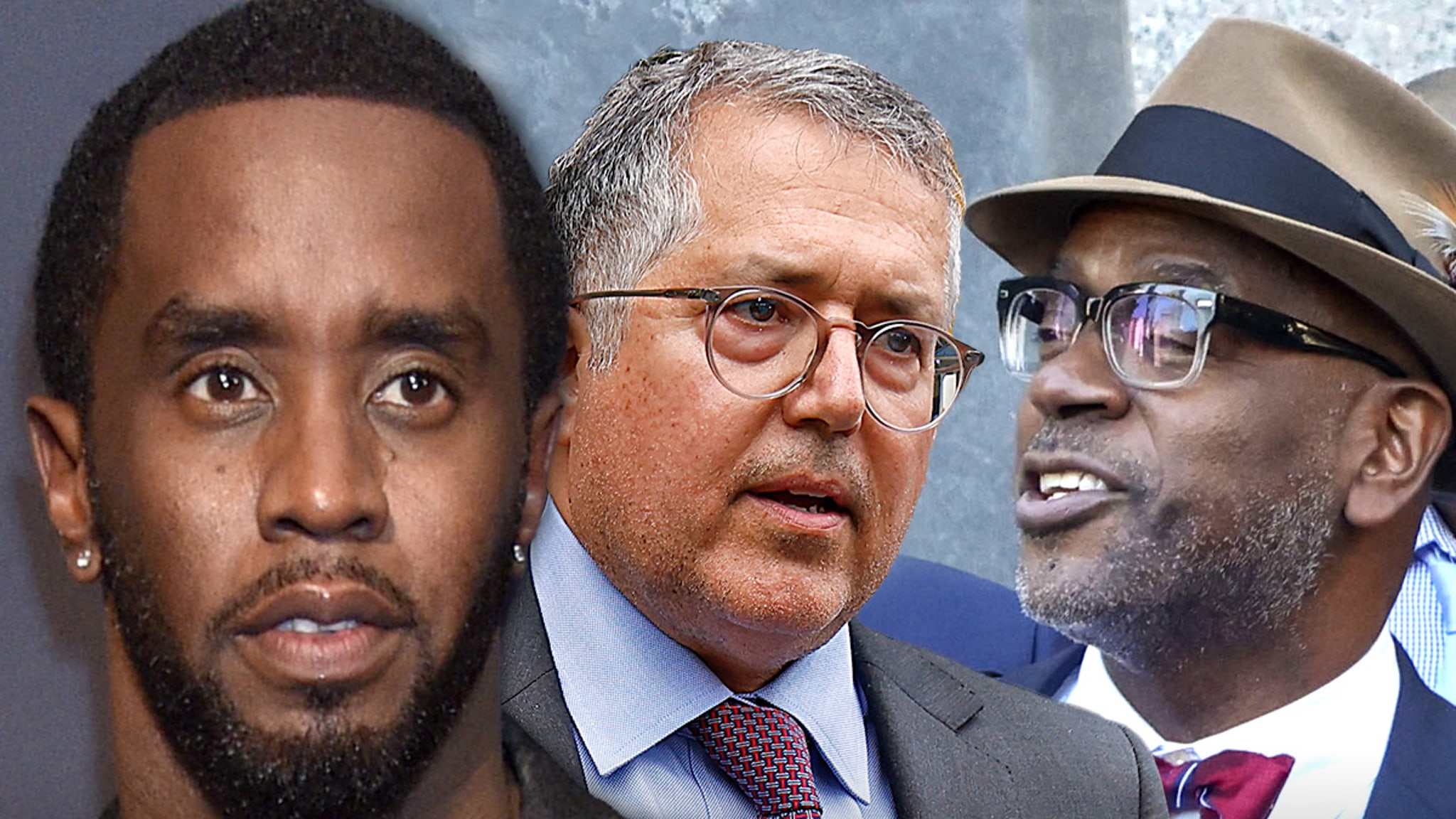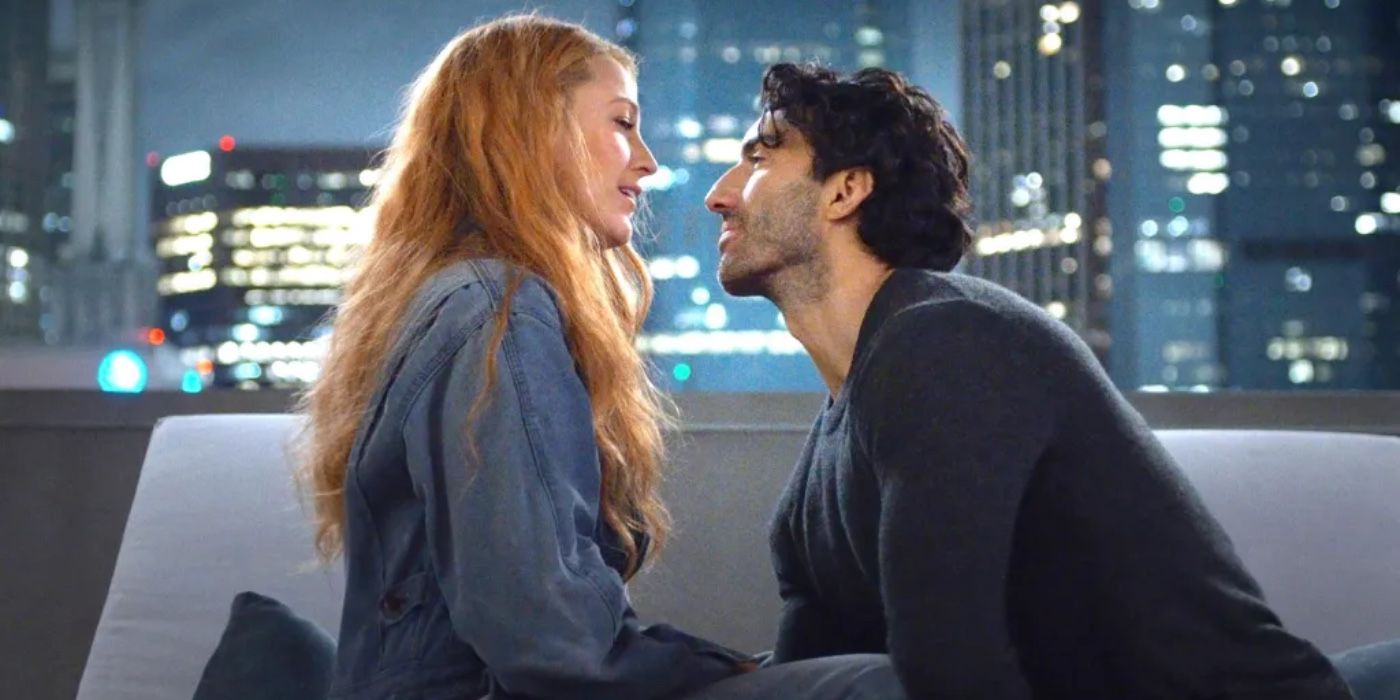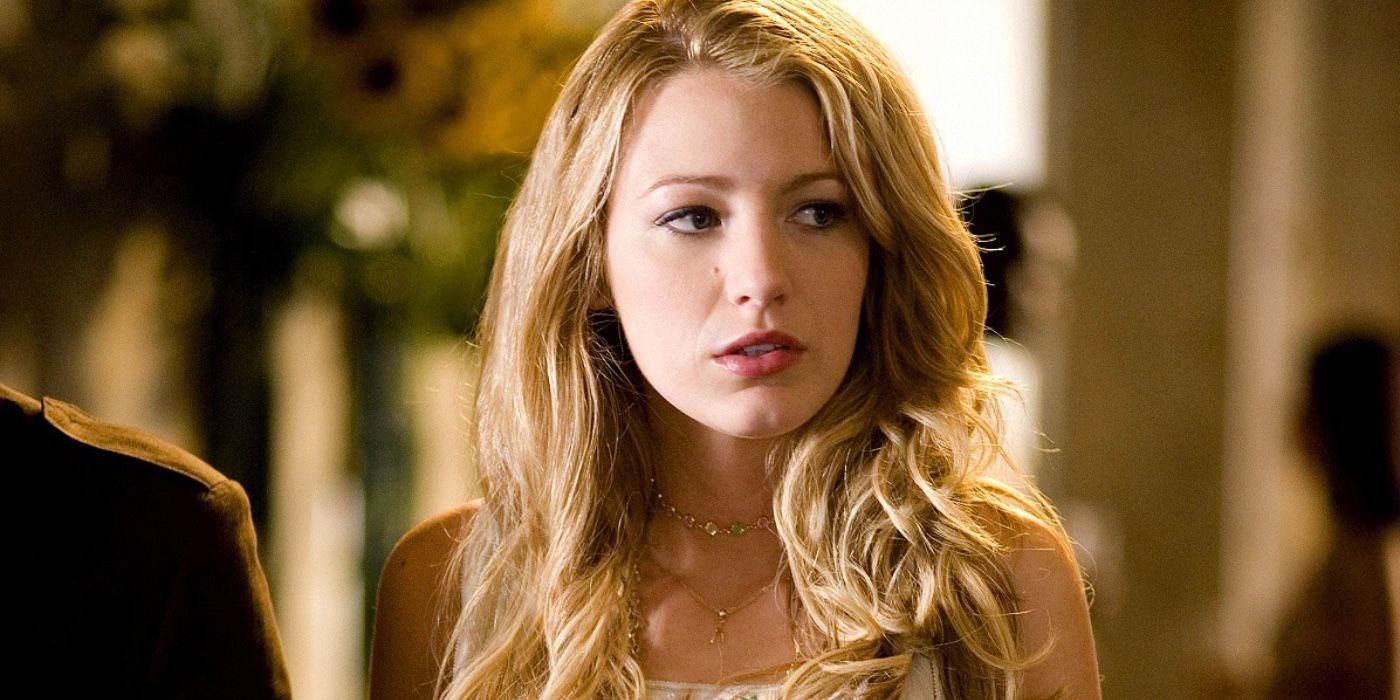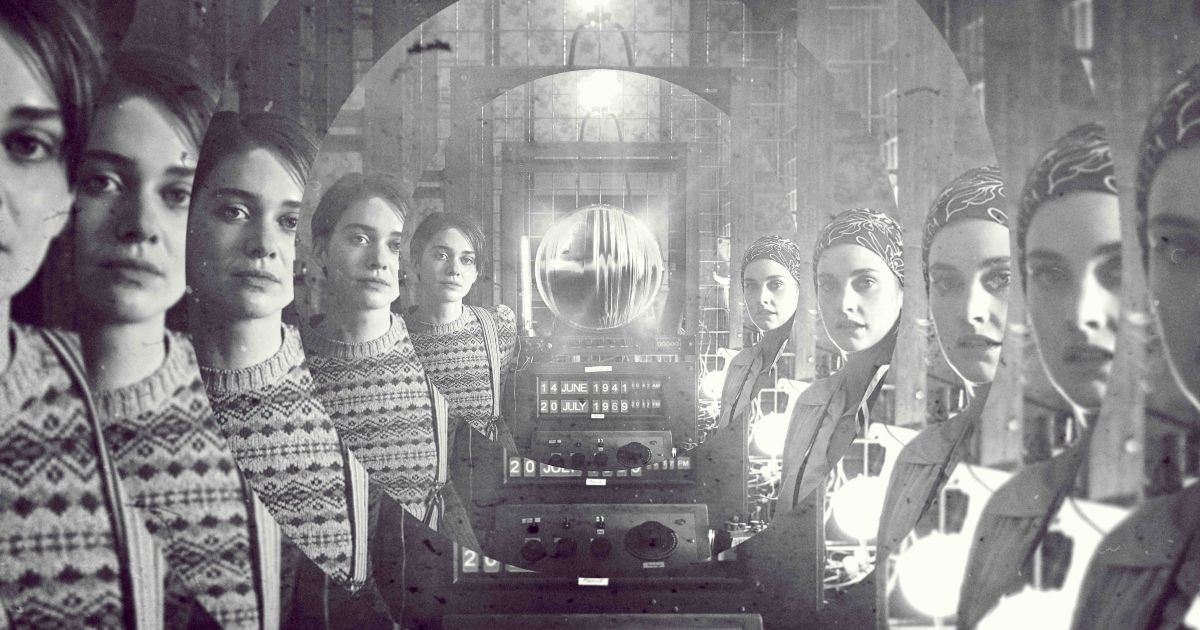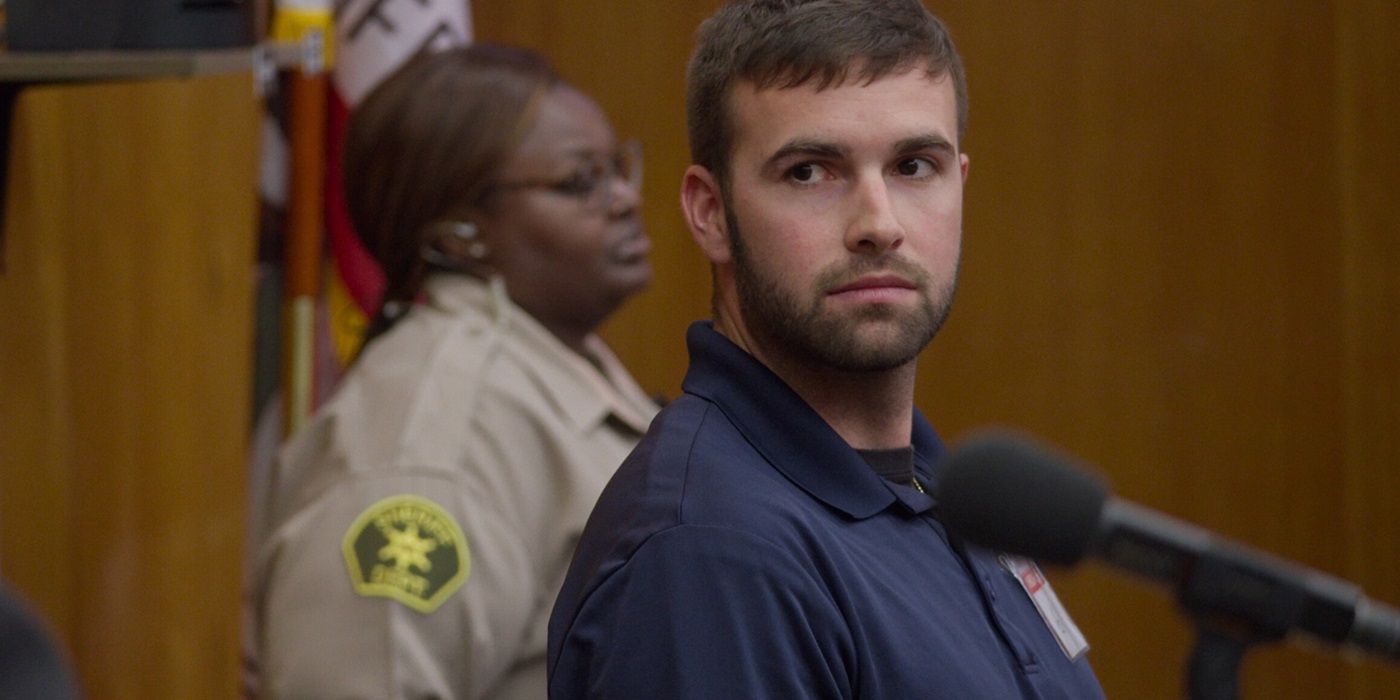I’m so glad you picked up on that. I think it’s such a tender thing. It only exists for very finite amount of time but it is one of the most beautiful ways of typifying one of the things we lose as we get older, our imagination. And that is important it is as a coping mechanism when you’re dealing with some of the trickier sides of life.
That was that was one of the reasons I came to actually direct this film. Originally, we had a different director. I was purely on the film as a producer and as an actor. I had been the one to pursue the script back in 2015, and we had our director and more importantly we got Lonnie Chavis, who plays Gunner. He was a huge part of bringing this film to fruition. We had Lonnie, we had our director, we had a start date, we had the finances to do it and then we lost our director to another project. Exactly for that reason you stated was why Emma Needell, the screenwriter, persuaded me to direct the film. I decided to jump in because I knew that in finding Lonnie we had found a needle in a haystack and that it was only for a finite time he would be able to play this role. He was actually 11 at the time and with exactly at that age between knowing just enough that you could understand him being able to comprehend what was going on with his mother in terms of her illness but just young enough that he would still believe in a myth like The Water Man enough to go on a quest to find him. I mean literally a year later Lonnie would be no longer believable in that role and that’s why I just felt, “Look, we have got this lightning in a bottle situation. Let’s go for it.”
You really show us that magical perspective with the cinematography by Matthew J. Lloyd. The use of light and color, in particular.
It’s a very elemental film, in a sense. It has water in it. It has fire and it definitely has a lot of earth in that forest. There is a primal element to it. It’s incredibly emotional. It’s full of reality but it’s also full of fantasy. When you have those primal very human elements all intersecting within the film, I think our job as storytellers is to continue to elicit feelings within the film. So we were very mindful of how we used our reds and our yellows. You’ll see that very much around the character Rosario Dawson plays. The idea is that she is light. She is passion. She is hot. That’s why she’s wearing those reds and yellows earlier on in the film. That’s why you see Lonnie in that yellow hoodie going through the forest because he has definitely gleaned some of that light that his mother emanates and that’s what he’s trying to hold on to as he goes into the forest and that’s why we have these vibrant greens as you’re going through the forest. And then in the third act we desaturate the film because hope is beginning to be slowly removed from the film as he gets further and further away from his mother. He is deeper towards the thing he had hoped for in but ultimately part of his journey is recognizing and realizing that the place to be is with his mother even despite the fact that she is ill. None of us are promised tomorrow and all you can do is seize the day and be around the ones you love. That’s the place to place the energy and so we really try to, not in an overt way, hopefully in a subtle way, we try to use the color palette in the film to elicit those feelings.
This is your first film as a director, but as an actor you have worked with some of the greatest directors working today. What did you learn from them?
Oh my goodness. So much, not just the ones I’ve worked with but the ones whose movies I watched, starting with Steven Spielberg himself who directed a film that was a huge inspiration in me directing “The Water Man,” which was “E.T”. Christopher Nolan, Ava DuVernay, Anthony Minghella, Lee Daniels, they were all world-class filmmakers if you’re paying attention. If you’re being intentional about the fact that you want to treat folks like that as your film school, it is literally the best film school in the world.
You can view the original article HERE.


